Benito Mussolini decorated Rome with a cross that was the enemy of the Cross of Christ (Guelfo Negro)
Original video: https://youtu.be/6uSIZJ8gUgM?si=V0SI_g_FQ6eAl_v-
Many “clerical fascists” love to point out that Benito Mussolini decorated the courts, classrooms and hospital rooms in Italy with crucifixes, but they forget that when Adolf Hitler visited Rome in May 1938, he decorated it with swastikas, which offended Pope Pius XI. In mid-January, Cardinal Eugenio Pacelli (the future Pius XII), who was the Holy See's Secretary of State, commented to François Charles Roux, the French ambassador to the Holy See, that the Vatican had not received any request from the German government to arrange a meeting. Monsignor Domenico Tardini, the Holy See's Deputy Secretary of State, told Charles Roux on January 18 that if Hitler were to arrange an audience with the Pope, he couldn't see how Pius XI could refuse to see him. Bonfacio Pignatti, the Italian ambassador to the Holy See, reported to the Kingdom of Italy's foreign ministry on January 21 that Pius XI had been warned by a report that the Americans would be outraged if he received Hitler in the Vatican. But on January 24, Pignatti had reiterated to the Kingdom of Italy's foreign ministry his impression that if Hitler requested an audience with the Pope, the Vatican would have no difficulty in arranging it. Charles Roux, in a letter to Yvon Delbos, foreign minister of the French Third Republic on January 26, reported that he was convinced that if Hitler wanted to go, Pius XI would receive him: “One consideration prevails over all others at the Holy See, which is that nothing be done to worsen the situation by giving the National Socialist government the pretext that the extremists seem to be looking for.” Although Mussolini wanted Hitler to visit Pius XI, the latter refused to follow the tradition of heads of state who maintain relations with the Holy See to visit the Pope when they visit Rome. Konstantin von Neurath, foreign minister of the Third Reich, was in an uncomfortable position when explaining why Hitler would not visit Pius XI. On February 14, Joachim von Ribbentrop, the Third Reich's new foreign minister, justified Hitler's refusal to visit the Pope to Hans Georg von Mackensen, the Italian ambassador in Rome, suggesting that Hitler was going to Rome at the invitation of Victor Emmanuel III, King of Italy, claiming that Hitler: “Had no reason to visit other sovereigns or non-Italian territories on this occasion.” Ribbentrop advised Mackensen in this conversation not to use the excuse that others were suggesting that Hitler wouldn't visit Pius XI because he hadn't received an invitation from the Vatican: “It seems to us inadvisable to draw attention to the fact that, after all, no invitation has yet come because it involves the risk that the Vatican might issue an invitation.” On March 23, the newspaper Il Messagero published a kind of Mussolini government manual on how Hitler should be received in Rome on his state visit: “In order for the event to be worthy of the city, it is advisable that the owners of buildings located along the official route (Via Ostiense, via delle Piramidi, viale Aventino, via dei Trionfi, via dell'Impero, via 4 Novembre, via Natsionale , via 24 Maggio, Corso Umberto, Corso Vittorio Emanuele, Via della Conciliazione), draw up plans for decorating the buildings.” After the publication of Il Messagero, Cardinal Pacelli called Pignatti to complain about Via della Conciliazione being included in the route that Hitler would take during his visit, as an anonymous note informs us. On March 24, Cardinal Pacelli issued a specific order, in which he told Mussolini that bringing Hitler on the Via della Conciliatsione full of swastikas would be something that would greatly displease Pius XI. Cardinal Pacelli asked: “if the apotheosis led to such excesses by such a confessed enemy is not contrary to the first article of the concordat”. In fact, Mussolini was violating the first article of the Lateran concordat, which states: “In view of the sacred character of the Eternal City, episcopal seat of the Supreme Pontiff, center of the Catholic world and destination of pilgrimages, the Italian Government will take care to avoid in Rome anything that may be in conflict with this character.” According to Cardinal Pacelli, wanting to bring Hitler closer to the Vatican was something that irritated the Pope. Pignatti wrote a letter to Galeazzo Ciano, foreign minister of the Kingdom of Italy, on April 7, to ask him to remove the Via della Conciliazione from the itinerary of the route that Hitler would take on his visit to Rome, explaining that Pius XI condemned Hitler as: “The greatest enemy of Christ and the Church in modern times”. So Ciano agreed to remove the Via della Conciliazione from the itinerary of the route that Hitler would take in Rome. Pinhatti wrote in a secret note to Cardinal Pacelli: “In tracing the routes that the Führer will have to follow during his stay in Rome, the Via della Conciliatsione and the Piatsa San Pietro have been carefully avoided.” However, Pignatti added that Hitler will necessarily pass through Viale Vaticano, since there is no other convenient access road to where Hitler will have to go. But Pinhatti promised that the decorations of private buildings, which the government has ordered to be placed on Via della Conciliazione, would avoid any exaggeration that could be unpleasant for the Holy See. Did the Pope accept this second option? A handwritten remark by Cardinal Pacelli clarifies this: “The Holy Father also deplores this passage. Nothing to write about”. On April 21, Cardinal Pacelli issued an order to the Italian episcopate: “If, on the occasion of the Chancellor's visit to Italy, the Most Excellent Bishops receive invitations to take part in ceremonies in his honor, the Holy Father wishes them to refrain from accepting them.” A few days before Hitler's arrival, on April 24, Pius XI gave precise instructions to the apostolic nuncio in Rome, Francesco Borgongini Duca. In them, the Mussolini government was told that “the man for whom so many celebrations are being prepared is today the greatest persecutor of the Church”. The instructions were carried out four days later, when the apostolic nuncio of Rome Borgongini Duca was received by Guido Buffarini Guidi, undersecretary of state in the Mussolini government's interior ministry, who asked if it was true that the Pope was delaying his departure for Castel Gandolfo so as not to close the door to Hitler. The apostolic nuncio in Rome, Borgongini, replied: “I am convinced that if Hitler asked for an audience in the right way, the Pope could return from Castel to receive him.” Buffarini Guidi asked: “What are these appropriate ways?” Borgongini replied: “Certainly the Pope wouldn't be happy to receive him just to hear: good morning or good afternoon. But it would be necessary, I think, as a preliminary condition for the Führer to make a public declaration of a change of direction and, of course, according to a text to be pre-established.”
At the end of April, the Mussolini government broke the official news of Hitler's arrival in Rome. We read the following in an anonymous note from the Holy See's Secretariat of State: “I told L'Osservatore Romano not to publish this news and to remain silent about Hitler's arrival”.
Three days before Hitler's arrival in Rome, Pius XI moved from the Vatican to Castel Gandolfo, claiming that the air in Rome hurt him. But before moving to Castel Gandolfo, Pius XI turned off the lights in the Vatican, closed the shutters on the windows of the Apostolic Palace, closed the Vatican Museums and blocked the road leading to St. Peter's Basilica. Pius XI also forbade the apostolic nuncio in Rome from attending receptions for Hitler during his visit. The Vatican newspaper L'Osservatore Romano reported on the Pope's departure from Rome: “The Pope has left for Castel Gandolfo. The air of the Roman Castles is very good for your health”. According to journalist Mary Ball Martinez, it was Cardinal Pacelli who transferred Pius XI from the Vatican to Castel Gandolfo, for fear that he would receive Hitler during his visit to Rome. Mary Ball Martinez worked as a journalist in the Vatican press corps for 25 years, from 1973 to 1988, reporting for The American Spectator, National Review and The Wanderer. She covered 5 synods, 2 conclaves, 2 papal elections and 2 papal funerals. She also investigated the Vatican's Apostolic Archives, gaining access to the files that were opened to exonerate Pope Pius XII of charges of antisemitism. His testimony must therefore be taken into account. After learning that Hitler had expressed his desire to see Michelangelo's frescoes, Cardinal Pacelli locked the Sistine Chapel. The Italian authorities accompanying Hitler were embarrassed when, without warning, they were confronted by a sign that read “closed for repairs”. Diego von Bergen, German ambassador to the Holy See, reported to Ernst von Weizsäcker, state secretary of the Third Reich's foreign ministry, on May 18, that Cardinal Pacelli had inquired about a visit by Hitler to the Pope, if Hitler made a statement of agreement regarding the treatment of the Catholic Church in Germany. Bergen also reported to Weizsäcker: “The Pope has definitely been counting on a visit from the Führer. But for the various surveys, I express myself in agreement with my instructions and leave no room for doubt that a visit is out of the question.” Bergen wrote to Weizsäcker on May 23 that Pius XI had hoped that Hitler would visit him and had hoped so until the last moment. Pius XI was also advised by Cardinal Alfredo Ottaviani to move from the Vatican to Castel Gandolfo during Hitler's visit to Rome. Faced with protests from the Holy See, the Mussolini government gave up on installing floodlights to illuminate St. Peter's Square during Hitler's visit. On May 3rd, Hitler arrived in Rome.
On that day, Pius XI published an Anti-Racist Syllabus, made by Catholic scholars, based on a project condemning racism drawn up by the Holy Office in 1936, which was sent to all seminaries. From Castel Gandolfo, Pius XI complained to a group of newlyweds that Mussolini had decorated Rome with swastikas to welcome Hitler: “Sad things are happening, very sad things, both near us and far away. Among them, of course, is the appearance, on the day of the Holy Cross, of another cross which is not really that of Christ. They shouldn't have been hoisted in Rome. They were out of place and out of opportunity”. This angered Mussolini, who replied in his newspaper Il Popolo d'Italia, the organ of the National Fascist Party, on May 8: “The Cross should not be spoken of as a weapon, because the Pope could find himself in the company of usurers, Freemasons or Bolshevists, without the possibility of using this emblem to expel them from the temples of God.” Plínio Corrêa de Oliveira, in the Legionary newspaper of the archdiocese of São Paulo on July 10, refuted this blasphemy by Mussolini in Il Popolo d'Italia: “There are millions of Catholics in the world who know that it is not necessary to bow down to a Hitler or a Mussolini in order to be Christians; it is also necessary to have more general concepts and to understand that there are honorable people in the world apart from fascists and racists. Il Popolo d'Italia is mistaken in thinking that the supernatural power of the Cross of Christ is not enough to combat the armed power of usurers, Bolsheviks, etc. One day, when Napoleon I heard of his excommunication, he laughed and asked: “Will this make the weapons fall from the hands of my soldiers?”. They fell and so did Napoleon. The journalist's mentality is representative of that of many men: he equates communism and the Church as natural forces; they don't understand the nature of either and he thinks that a materialistic paganism can only be overcome by another materialistic paganism. This is a huge mistake! When we Catholics set up the 'Rome or Moscow' dilemma, we don't think of fascist Rome with its natural power, but of Peter's Rome, with its supernatural power, and for us Rosenberg is no better than Lenin”. In his letter to Ciano on May 5, Pignatti remarked: “It's clear that the Pope felt the need to relieve the pressure and, because of his temperament, you could even say that he did it relatively gently. But will it stop there? I very much doubt it. On May 4, Hitler and Mussolini visited the Pantheon, a temple dedicated to the gods of Roman paganism. Hitler claimed a few minutes to be alone meditating and admiring the dome of the Pantheon. Note that Hitler refused to visit the Vatican, but he did visit the Pantheon, demonstrating his hatred of Christianity and his love of paganism. On May 7, Hitler and Mussolini visited the Borghese Gallery, where they saw the statue of Venus, a goddess of the Roman pagans. Nothing was said in L'Osservatore Romano about Hitler's visit to Rome. A note in the magazine La Civiltà Cattolica reporting on Hitler's visit complained that the grandeur of the official celebrations was not enough to hide Catholics' disappointment at the fact that Hitler, who ruled a country with more than 27 million Catholics, had traveled to Rome, but without paying homage to the Pope. The result, in the magazine's opinion, was a serious and blatant absence that greatly discredited the visit. Plínio Correa de Oliveira reported in the Legionnaire on May 15: “The Legionnaires welcomed with ardent enthusiasm the news that the Most Reverend Monsignor Mac Dowell, Vicar of Engenho Velho in Rio de Janeiro, promoted in his parish church a solemn act of reparation to His Holiness, Pope Pius XI, offended by the display of the cross in the capital of Christendom. In two respects, this deserves our frank applause. Firstly, because it is a proof of filial union with the infallible Chair of Truth, and secondly, because it is an act of that beautiful and vigorous fearlessness so proper to the spirit of the Church and which, in Catholic language, is called evangelical freedom.” Plínio Correa de Oliveira reported in the Legionnaire on June 26: “In the fascist press, there was concern about the discovery in the church of the Franciscan Minors' Convent in Amalfi of several religious paintings depicting the gammad cross. These paintings date back to the time of St. Francis of Assisi. This was used as a pretext to attack the Supreme Pontiff, claiming that the crossed cross is Christian, contrary to what His Holiness said during Mr. Hitler's visit. We seem to have returned once again to the heyday of anti-clerical propaganda in the 19th century, when opponents of Catholicism spouted the most outrageous nonsense and untruths in order to attack the Church. During Chancellor Hitler's visit, the Holy Father lamented the fact that on the day of the Holy Cross, a cross other than Christ's was being raised in Rome. Judging by the Italian newspapers, there is only one conclusion: St. Francis of Assisi was a Hitlerite. The ridiculousness is obvious. In his address to the Sacred College on December 24, Pius XI again complained about Mussolini for decorating Rome with swastikas to welcome Hitler: “Thinking of the recent apotheosis in this same Rome, prepared for a cross that is the enemy of the Cross of Christ, this vulnerability of the Concordat and the other things mentioned above, it did not seem superfluous for Us to wait at least for Our gray hair; instead, they wanted to go further approximately.” At a meeting with Ciano and Pignatti on January 2, 1939, Mussolini complained about Pius XI's Con grande profondo address: “We don't want a conflict, but we won't back down in front of anyone, and in that case we'll awaken the sleeping anti-clerical rancor.” Mussolini prepared a warning note for Pignatti to give to Cardinal Pacelli. Pignatti presented Mussolini's warning note to Cardinal Pacelli on January 3rd. Pignatti also warned Cardinal Pacelli that Italy's relations with the Holy See were going through a delicate moment. If the Vatican wasn't careful, he warned, it would end up in trouble.
REFERENCES: David I. Kertzer, O papa e Mussolini: A conexão secreta entre Pio XI e a ascensão do fascismo na Europa, Intrínseca, 2017, p. 295-297. R. J. B. Bosworth, Mussolini a biografia definitiva, Globo Livros, 2023, p. 395. Mary Ball Martinez, The Undermining of the Catholic Church, p. 68. Plínio Corrêa de Oliveira, Legionário, Nº 295, 8 de Maio de 1938. Plínio Corrêa de Oliveira, Legionário, Nº 304, 10 de Julho de 1938. Plínio Corrêa de Oliveira, Legionário, Nº 296, 15 de Maio de 1938. Plínio Corrêa de Oliveira, Legionário, Nº 302, 26 de Junho de 1938.
0


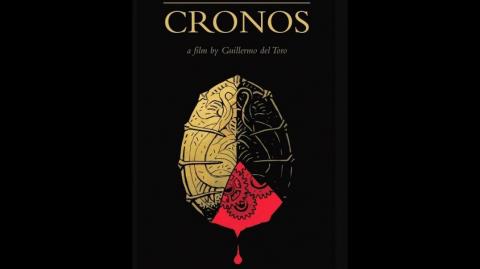
 liquidcringe
liquidcringe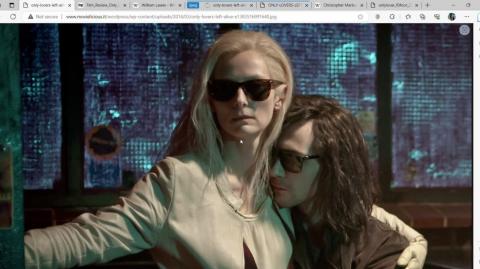


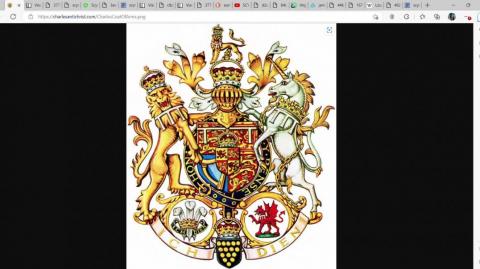
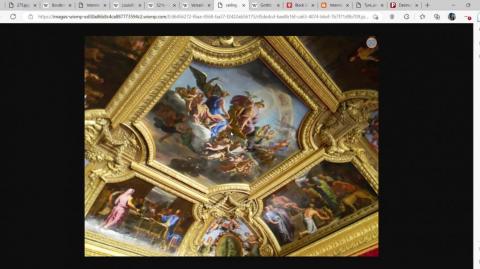
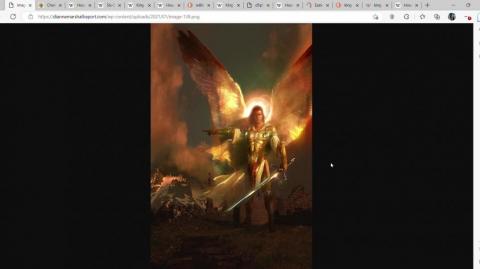

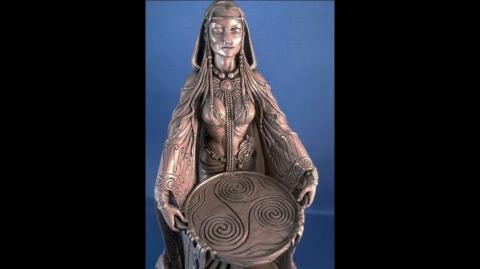

 The David Knight Show
The David Knight Show


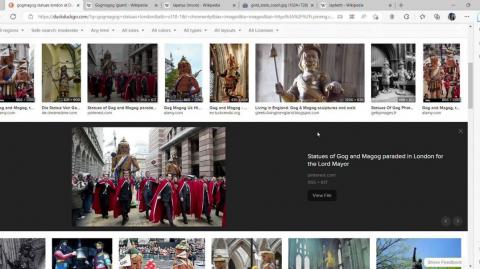
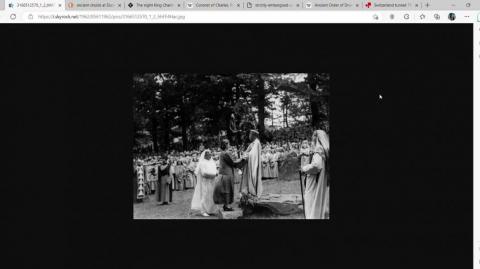
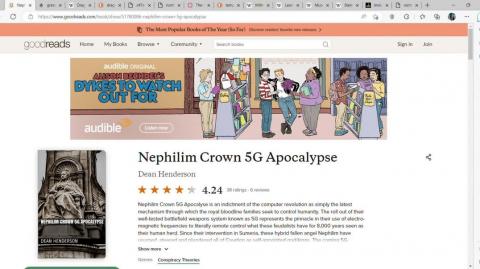

 Sant77
Sant77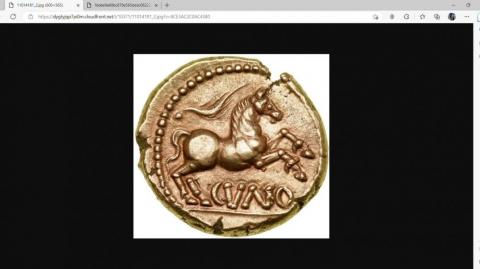
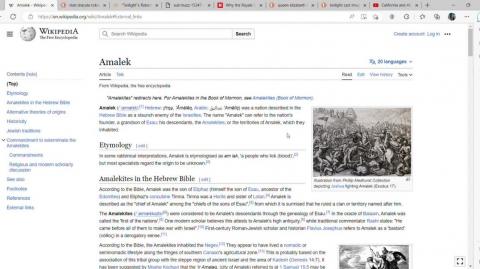
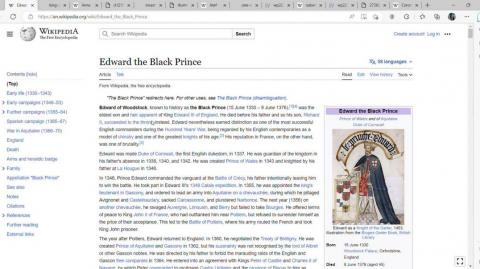


Log in to comment